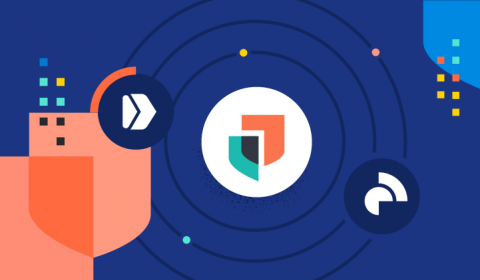Retrieval vs. poison - Fighting AI supply chain attacks
While perhaps new to AI researchers, supply chain attacks are nothing new to the world of cybersecurity. For those in the know, it has been best practice to verify the source and authenticity of downloads, package repositories, and containers. But human nature usually wins. As developers, our desire to move quickly to improve ease of use for users and customers can cause us to delay efforts to validate the software supply chain until we are forced to by our peers in compliance or security organizations.











